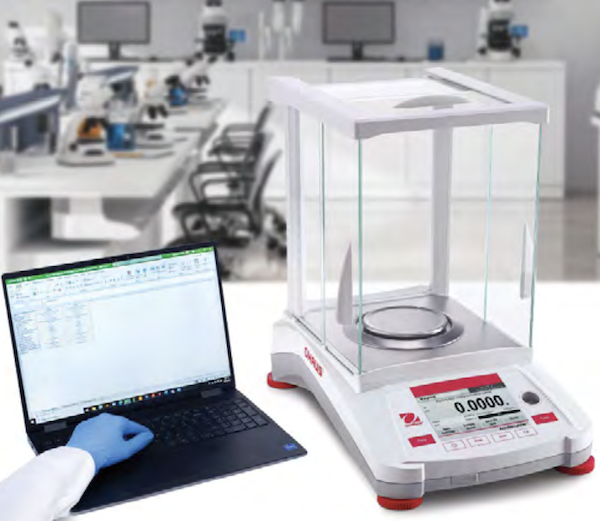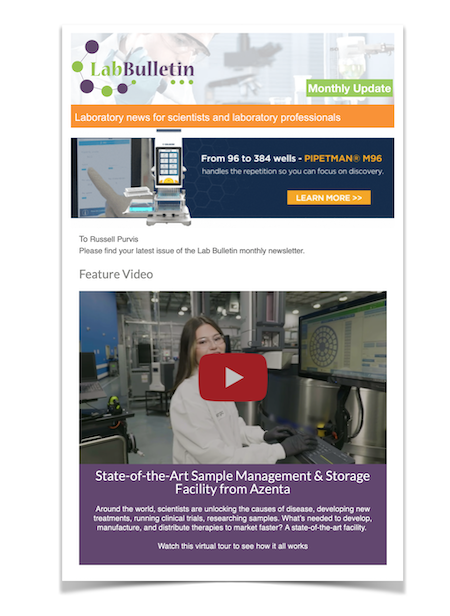Members Login

Channels
Special Offers & Promotions
The 8 Causes of Instability in Analytical Balances

External factors such as temperature fluctuations, air currents, electromagnetic interference, and vibrations can all have an impact on the accuracy of the analytical balance. It is important to keep the analytical balance in a controlled environment to minimize these factors and ensure accurate readings. By understanding and controlling these external factors, users can ensure that the analytical balance provides reliable and accurate measurements for their research or testing needs. Being aware of these environmental elements might help you to set up a good start.
1.Temperature and Humidity
Temperature and Humidity are two critical environmental factors that can significantly impact the weighing results on analytical balances. Understanding how these elements affect the performance of the balance is essential for obtaining accurate and reliable measurements.
Temperature: It is important to operate analytical balances within a stable temperature range specified by the manufacturer to minimize the effects of temperature on the weighing results. Using a temperature-controlled environment or placing the balance away from sources of heat or cold drafts can help maintain stability and consistency in measurements.
Humidity: Inconsistencies in humidity can lead to fluctuations in readings and compromise the accuracy of measurements. High humidity will cause the weighing sample to absorb moisture and change in weight. Keeping the laboratory at a controlled humidity level and storing balances in a dry environment can help prevent humidity- related issues and ensure stable weighing results.
A good suggestion for maintaining optimal temperature and humidity levels in a laboratory setting is to invest in a quality HVAC (heating, ventilation, and air conditioning) system that offers precise control over these environmental factors.
In conclusion, maintaining a constant temperature of 20-25 degrees Celsius and a relative humidity level between 40% to 55% in the laboratory environment is essential for optimal performance and accuracy of analytical balances. Implementing effective temperature and humidity control measures can help create a stable and controlled setting for precise weighing operations and reliable experimental outcomes.
2. Air Currents
Air Currents can have a significant impact on the stability and accuracy of an analytical balance. Changes in Air Currents, such as drafts or air conditioning vents blowing directly towards the balance, can cause fluctuations in the weight readings. This is because airflow can create vibrations or movement in the balance, leading to instability in the load cell.
3. Magnetic Fields
Magnetic fields can also cause instability in an analytical balance, as they can interfere with the proper functioning of the load cell. The analytical balance uses an MFR loadcell (electronic Magnet Force Restoration) which is very sensitive to external magnetic fields. Stray fields can disrupt the electronic signals within the balance, leading to fluctuations in weight readings. To prevent the effects of magnetic interference on the analytical balance, it is important to keep the balance away from sources of magnetic fields. The electronic devices generate magnetic fields, such as motors or transformers.
4. Electrostatic Charges
Static electricity can accumulate on objects, including sample materials, containers, or even the balance itself. When static charges build up, they can create imbalances in the weighing system, leading to fluctuations in readings and hindering the ability of the balance to provide accurate measurements. To mitigate the impact of static electricity on the stability of an analytical balance, it is important to take preventive measures. This can include grounding all components of the weighing system, ensuring a neutral environment with proper humidity levels, using anti-static, insulation materials, and eliminating sources of static buildup in the laboratory.
5. Vibration
Vibration can be another factor that contributes to instability in an analytical balance. In a laboratory environment, various sources of vibration such as nearby equipment, foot traffic, or even factors external to the laboratory can disrupt the balance readings and affect the accuracy of measurements. Even the smallest of movements can make it challenging to obtain precise results on high-resolution instruments.
6. Heat Radiation
Heat Radiation can also be a factor that causes instability in an analytical balance. When heat radiation affects an analytical balance, including the human body heat, the temperature variations can create air currents that disrupt the balance and introduce inconsistencies in the readings.
7. Sample Volatilization and Moisture Regain
The temperature of the sample being weighed can also be a critical factor that contributes to instability in an analytical balance. When the sample temperature changes, it can impact the mass or density of the sample, leading to variations in the weight measured by the balance. For example, when a sample is warmer than the surrounding environment, it can create convection currents or air density differences that affect the balance readings. Vice versa, if a sample is colder, it may cause condensation or changes in the sample's physical properties that can influence the measurement results.
8. Aerostatic Buoyancy
Air Buoyancy, or the force exerted by air or gas on objects immersed in it, can also be a significant factor that contributes to instability in an analytical balance. Changes in air density, such as fluctuations in temperature or altitude, can impact the apparent weight of objects being weighed on the balance. Additionally, air currents or drafts within the laboratory environment can further disrupt the equilibrium of the balance and introduce inconsistencies in the measurements.
About OHAUS Corporation
Headquartered in Parsippany, NJ, OHAUS Corporation manufactures an extensive line of weighing products, laboratory equipment and analytical instruments that meet the weighing and measurement needs of virtually every industry. The company is a global leader in the laboratory, industrial, and education channels as well as a host of specialty markets, including food preparation, pharmacy and jewelry industries. AN ISO 9001:2008 manufacturer, OHAUS products are precise, reliable and affordable, and are backed by industry-leading customer support.
Recent news from OHAUS Corporation
Media Partners


